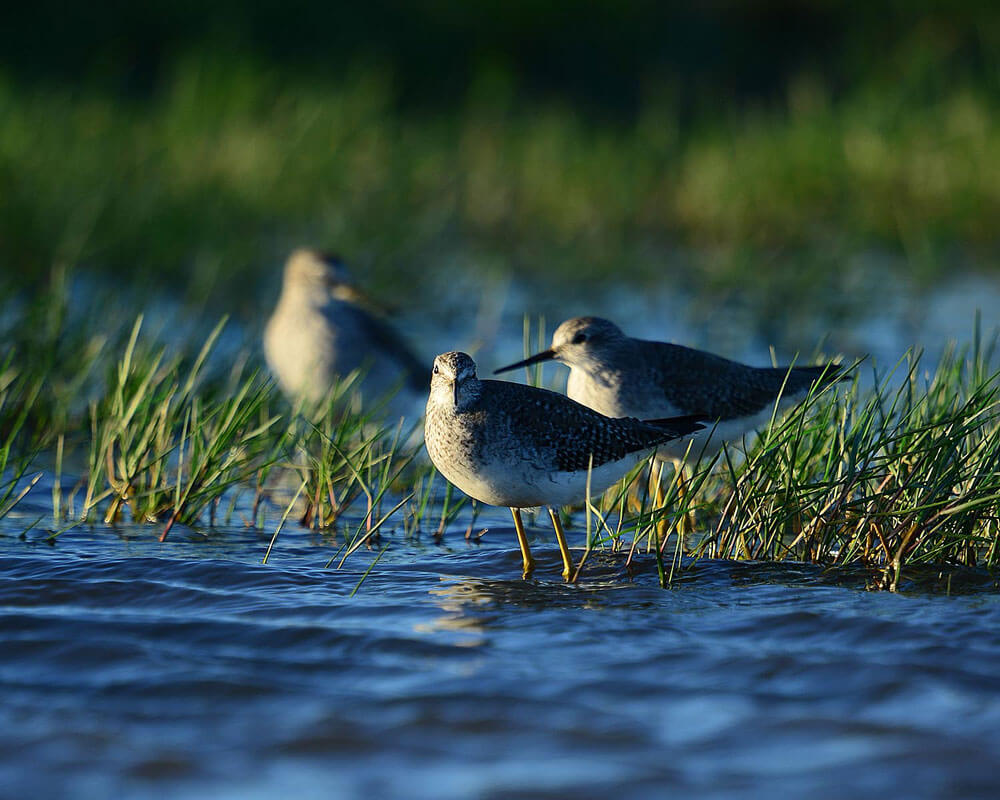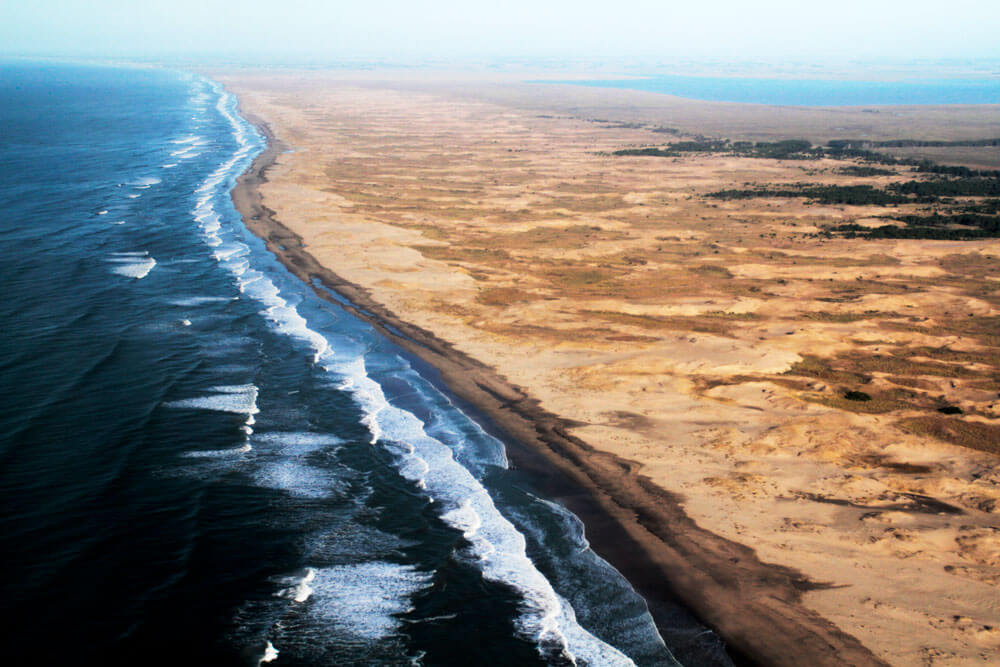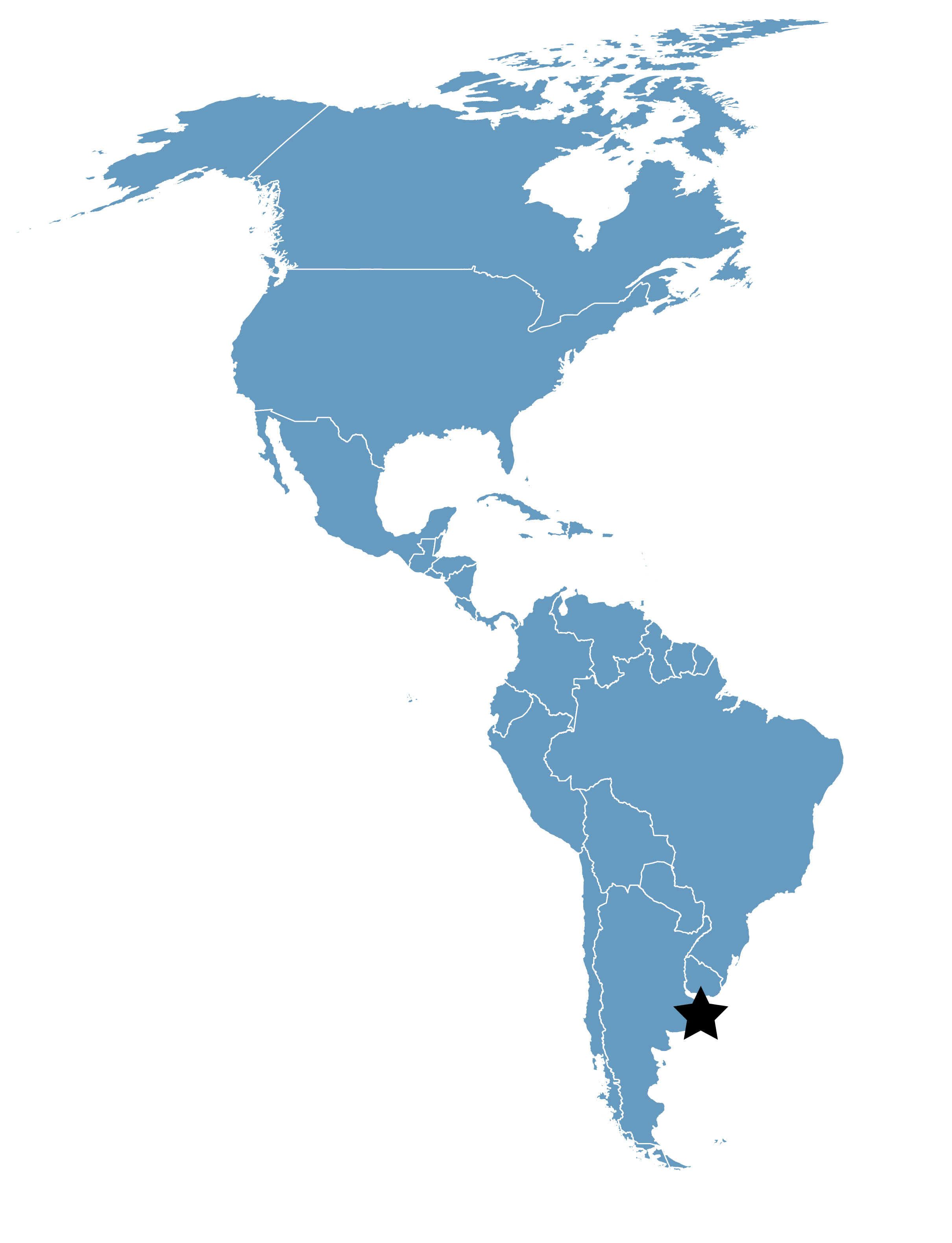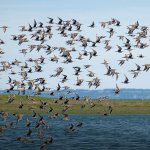Albufera Mar Chiquita
Location
Buenos Aires province, Argentina
Category
Regional
Basis for Designation
More than 1% of the biogeographic population of Two-banded Plover (Charadrius falklandicus), Hudsonian Godwit (Limosa haemastica), and Red Knot (Calidris canutus rufa).
Significant Species
Two-banded Plover
Hudsonian Godwit
rufa Red Knot
Size
55,000 ha (13,5907.96 acres)
Date Designated
January 2022
Site Owner
Municipality Mar Chiquita
Environment Ministry of the Province of Buenos Aires
Site Partners
Direction of Natural Protected Areas
Ministry of the Environment of the Province of Buenos Aires
Mar Chiquita Nature Reserve
Marine and Coastal Research Institute(UNMdP-CONICET)
Overview
The Albufera Mar Chiquita WHSRN Site is located in southeastern Buenos Aires province along the Atlantic coast. Covering a total of 55,000 hectares, the site’s boundaries follow those of the protected Mar Chiquita Nature Reserveand the surrounding protected areas that are designated as a Wildlife Refuge. The reserve protects a coastal saltwater lagoon, separated from the ocean by a strip of dunes of approximately 30 km long. A narrow estuary connects the lagoon to the ocean. Both the reserve and the refuge are under the jurisdiction of the Dirección de Áreas Naturales Protegidas (Direction of Natural Protected Areas), which is administered by the Ministerio de Ambiente de la Provincia de Buenos Aires. (Ministry of the Environment of the Province of Buenos Aires).
With records of a total of 28 shorebird species, Albufera Mar Chiquita is an important stopover and wintering site. About 18,000 shorebirds have been observed using the site annually and it is estimated that the total number of shorebirds exceeds 20,000 individuals per year.
Albufera Mar Chiquita qualifies as a WHSRN Site of Regional Importance for the presence of more than 1 percent of the biogeographic population of Two-banded Plover (Charadrius falklandicus), Hudsonian Godwit (Limosa haemastica), and Red Knot (Calidris canutus rufa). Studies conducted between June 2020 and May 2021 complement historical data, confirming that the area is of vital importance for these species.
It is estimated that the total number of shorebirds in Albufera Mar Chiquita would probably exceed 20,000 individuals per year.

Photo by Ruben Digilio
Shorebird Research
Given the importance of the site for shorebirds, research and surveys have been conducted in the area for several decades. Work has included studies of shorebird abundance and habitat use patterns, trophic ecology and reproductive biology of Brown Oystercatchers, changes in habitat use due to interannual variations in rainfall, and the effects of an invasive polychaete on habitat use and feeding behavior of migratory and resident shorebirds. In addition, in the 1980s and 1990s the site participated in the International Shorebird Survey (ISS), reporting counts of hundreds of Red Knots and several thousand White-rumped Sandpipers (C. fuscicollis). Currently, the site continues to be monitored as part of the ISS.
The Instituto de Investigaciones Marinas y Costeras (Marine and Coastal Research Institute), which is part of the National University of Mar del Plata and Consejo Nacional de Investigaciones Científicas y Técnicas- CONICET (National Scientific and Technical Research Council), is developing a long-term monitoring program that involves measuring abiotic and biotic parameters (including shorebird abundance) at several points in the lagoon. In the short term, banding activities, and physical and physiological condition studies focused on migratory shorebirds are expected to be carried out, as well as the implementation of a study of migratory connectivity and habitat use patterns through the installation of nanotags and Motus towers.
Local Community
Within the Albufera Mar Chiquita site, many fields under the conservation status of the wildlife refuge are owned by different members of the local community. The Ministry of the Environment is the area’s administrative authority and it works together with the local landowners on conservation tasks. The local community of Mar Chiquita and its surroundings is committed to environmental causes in general and to bird conservation in particular. Neighbors are organized in a Sociedad de Fomento (Development Society), an organization that develops activities for the benefit of the community and seeks to be a model of sustainability for other development societies (https://www.facebook.com/fomentomarchi). The first sustainable school in the country was also built in the town (https://www.perfil.com/noticias/educacion/la-escuela-sustentable.html).
Main Threats and Conservation
Among the most important threats to the site are changes in land use, mainly due to urban development, increased tourism, erosion of marine beaches and sand dunes as a result of illegal sand extraction and vehicular traffic on the beach, exotic species, poaching, and abusive fishing. In addition, as a consequence of the construction of the CELPA bridge (Centro de Experimentación y Lanzamiento de Proyectiles Aeroprulsados dependiente de la Fuerza Aérea Argentina) the flow between the basin and the sea was reduced to a third of its original flow, accelerating the silting of the lagoon.
Mar Chiquita is an important tourist attraction. The main causes of disturbance to birds are associated with the large number of visitors during the summer and on weekends. In the last decade there has also been an increase in kite surfing and the presence of off-leash dogs that pose a disturbing threat to resting and foraging shorebirds.
The development of a management plan for Albufera Mar Chiquita that prioritizes the regulation of tourism and recreation, and also includes good planning for urban development and infrastructure in general, will be key to the long-term conservation of the site.

Photo by Ruben Digilio









